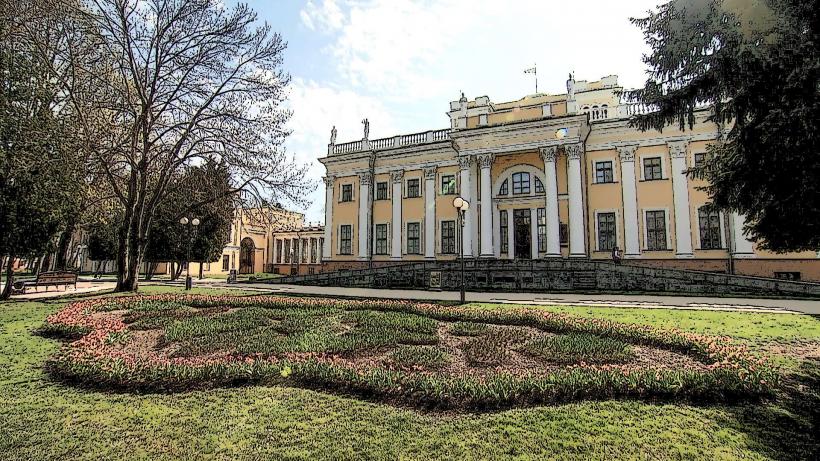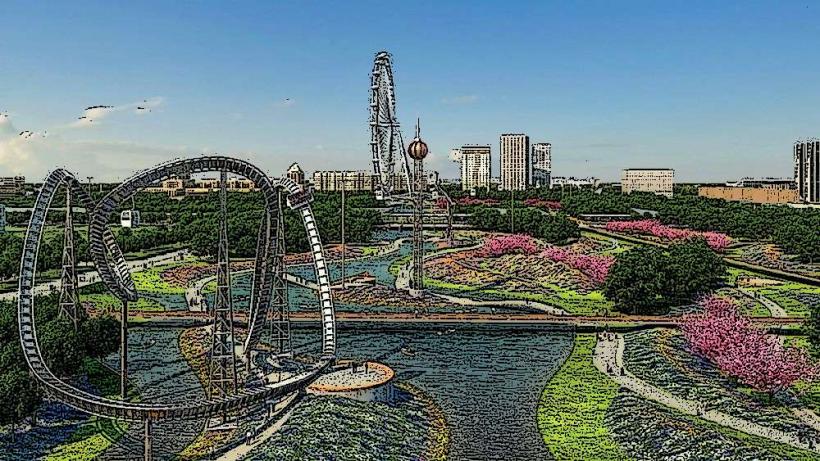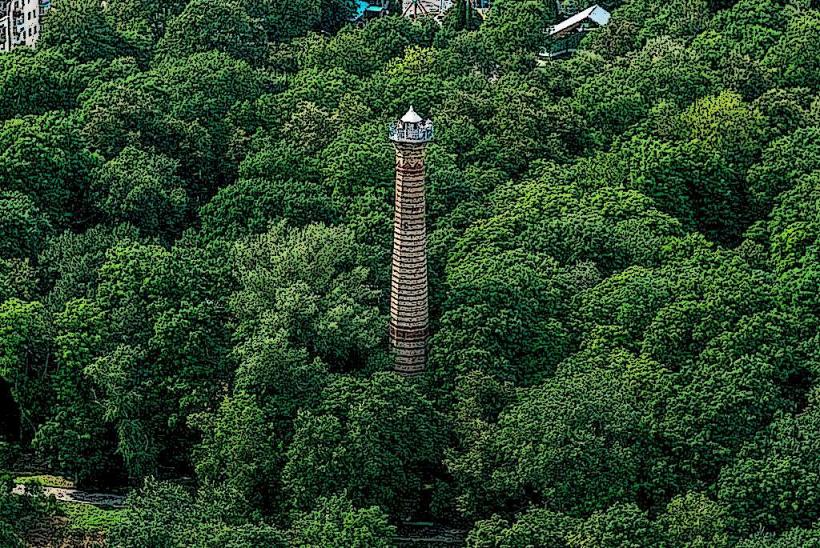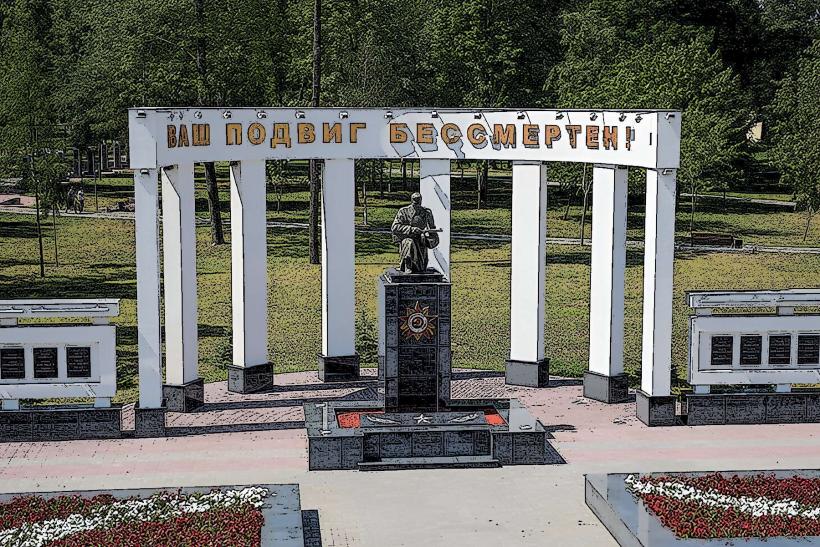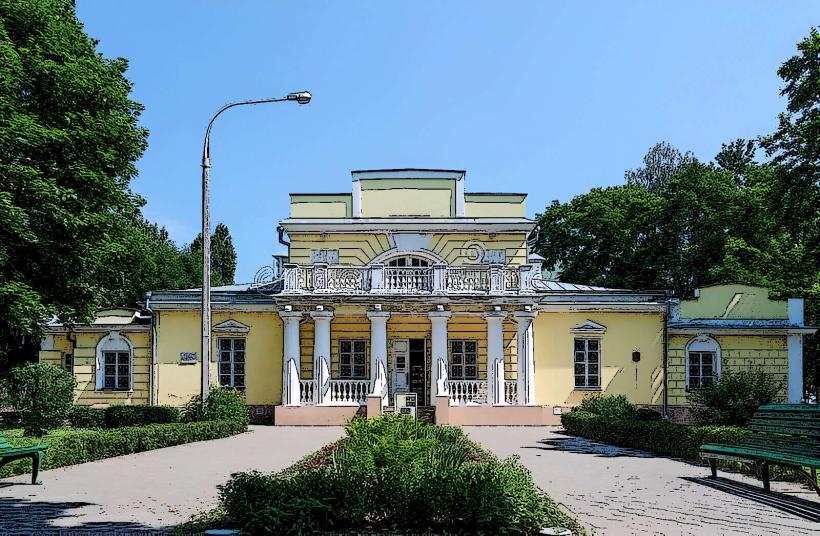Information
Landmark: Pripyat National ParkCity: Gomel
Country: Belarus
Continent: Europe
Pripyat National Park (also known as Pripyatsky National Park) is a significant protected natural area located in the Gomel Region of Belarus, near the border with Ukraine. The park, established in 1996, is named after the Pripyat River, which flows through the area, and it serves as an important natural reserve for the diverse flora and fauna of the region. The park's unique location and rich biodiversity make it an essential site for environmental preservation, research, and eco-tourism.
1. Location and Geography
Pripyat National Park is located in the southern part of Belarus, near the Chernobyl Exclusion Zone in Ukraine, and spans approximately 1,400 square kilometers (540 square miles). The park covers parts of the Pripyat River basin, and its boundaries extend across the Gomel and Mozyr districts of Belarus.
- Rivers and Wetlands: The park is characterized by a network of rivers, lakes, and wetlands, including the Pripyat River itself. This makes it an important ecosystem for aquatic and wetland species, as well as a haven for migratory birds.
- Floodplains and Forests: The park's landscape includes floodplains, swamps, and large expanses of forests, mainly consisting of boreal forests and deciduous woodlands. The forested areas are rich in biodiversity, with many tree species, including pine, oak, and birch.
2. Biodiversity and Ecosystem
Pripyat National Park is home to a variety of flora and fauna, some of which are rare and endangered. The park’s wetlands and forest ecosystems create a unique habitat for many species of plants and animals.
Flora: The park is rich in plant species, with over 1,000 species of vascular plants identified. The wetlands are especially rich in reeds, rushes, and water-loving plants, while the forests are home to various species of mosses, fungi, and wildflowers.
Fauna: The park is a haven for a variety of wildlife, with a focus on large mammals, birds, and amphibians. Some of the key species found in Pripyat National Park include:
- European bison: A rare and protected species, the European bison was reintroduced into the park in recent years as part of conservation efforts.
- Wild boar, red deer, and elk: These large mammals are common in the forests and wetlands of the park.
- Lynx and wolves: These carnivores roam the park’s more remote areas, though they are often difficult to spot.
- Bird species: The park is also known for its rich birdlife, including herons, eagles, ospreys, and many species of waterfowl. It is an important site for birdwatching and a critical stop for migratory birds on their route between Europe and Asia.
- Amphibians: The wetlands provide ideal habitats for frogs, toads, and newts.
Insects and Aquatic Life: The park's rivers, lakes, and wetlands are home to numerous species of fish, insects, and aquatic plants. It is a prime area for species like mussels, aquatic beetles, and dragonflies.
3. Environmental Protection and Conservation
Pripyat National Park is protected by both national and international laws, making it one of the most important natural reserves in Belarus. The park plays a key role in the preservation of biodiversity and the protection of endangered species.
- Protected Areas: Within the park, there are several protected zones where human activity is limited or prohibited to preserve the natural environment. These areas allow for the recovery of certain species and the maintenance of pristine ecosystems.
- Conservation Efforts: The park is involved in various conservation programs, such as the reintroduction of species like the European bison, as well as efforts to preserve the natural wetlands and forested areas.
- Research: The park provides an essential location for scientific research into environmental protection, species conservation, and the ecological health of wetlands and forests. The area is studied for its unique ecosystem, which has been shaped by natural processes for centuries.
4. Tourism and Recreation
Pripyat National Park has become an important destination for eco-tourism, drawing visitors interested in nature, wildlife, and outdoor activities. The park is known for its pristine beauty and natural serenity, making it a peaceful retreat for nature lovers.
- Ecotourism: Visitors to the park can take guided tours to explore its wildlife, forests, and wetlands. The park's isolation and lack of industrial development make it an ideal location for birdwatching, wildlife photography, and nature walks.
- Canoeing and Kayaking: The Pripyat River offers opportunities for water-based activities, such as canoeing and kayaking. These activities allow visitors to explore the park from a unique perspective and observe the abundant wildlife along the riverbanks.
- Camping: There are several designated areas within the park where visitors can camp, allowing them to immerse themselves in the park's natural environment and enjoy its peaceful atmosphere.
- Educational Programs: The park offers educational programs and activities aimed at raising awareness about environmental conservation, biodiversity, and sustainable tourism.
5. Cultural and Historical Significance
While Pripyat National Park is primarily known for its natural features, it also has cultural and historical importance. The park lies close to the Chernobyl Exclusion Zone and has a complex history tied to the region’s ecological and social changes.
- Proximity to Chernobyl: The park is located not far from the Chernobyl Nuclear Power Plant, which was the site of the Chernobyl disaster in 1986. While the disaster had a significant impact on the surrounding environment, Pripyat National Park itself has been largely unaffected by the radiation, and wildlife has thrived in the absence of human activity. However, this proximity adds an element of historical significance to the park, as it is a symbol of environmental recovery and resilience.
- Cultural Heritage: The region surrounding the park has a rich cultural history, with evidence of ancient settlements, farming communities, and historical trade routes. Some of these historical sites can be explored near the park, offering visitors a deeper connection to the area’s past.
6. Conclusion
Pripyat National Park is a stunning natural reserve that showcases the rich biodiversity and unique ecosystems of the Pripyat River basin. Its combination of wetlands, forests, and wildlife makes it a vital area for environmental conservation and research. The park's role in eco-tourism, species preservation, and scientific research highlights its importance as a natural and cultural treasure. Whether for birdwatching, wildlife photography, or peaceful nature exploration, Pripyat National Park remains an essential destination for nature lovers and those interested in the restoration and protection of Belarus's natural heritage.

